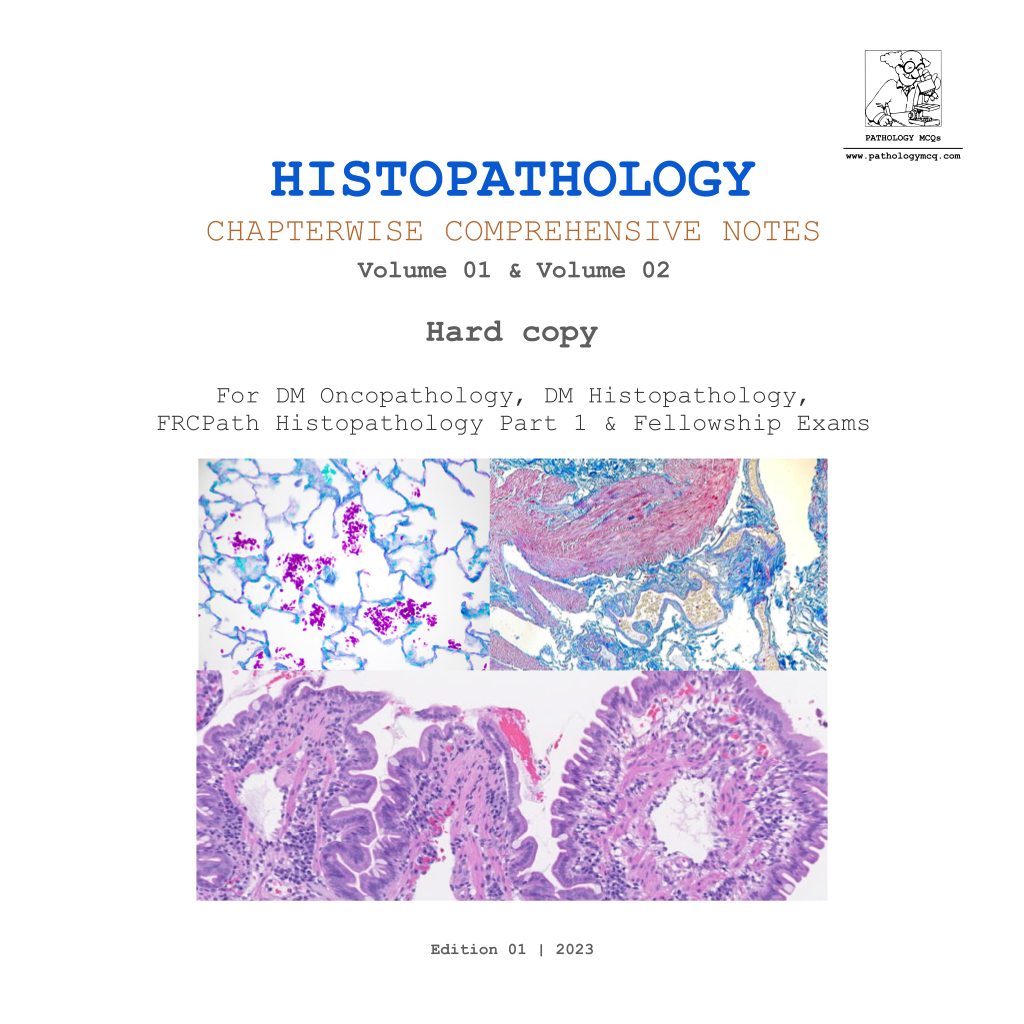Your cart is currently empty!
Common ANA immunofluorescence patterns
Published by
on
Systemic lupus erythematosus (SLE) is an autoimmune disorder involving almost all organ systems. Autoantibodies in SLE are directed towards various cell components. Most common antibody encountered in SLE is ANA (anti-nuclear antibodies) directed towards the nuclear components (DNA, RNA, nucleolus etc).
Immunofluorescence is a technique used to highlight antibodies towards a specific cell component with the help of a fluorescence microscope to correctly predict the pathophysiology behind the disease process.

Blue or violet colored light is typically used in a fluorescent microscope. Because- PHYSICS, lower the wavelength, higher the resolution. Blue, indigo and violet have lower wavelength in the visible spectrum (as in VIBGYOR).

Fluorescein isothiocyanate (FITC) is an organic fluorescent dye and one of the most commonly used in immunofluorescence and flow cytometry.
FITC has excitation and emission spectrum peak wavelengths of approximately 495 nm and 519 nm, giving it a green color.
MAJOR PATTERNS OF ANA IMMUNOFLUORESCENCE IN SLE
1. Homogenous
2. Speckled
3. Nucleolar
4. Peripheral
5. CENTROMERE (Primarily observed in CREST syndrome)
1. Homogenous:
Most common ANA immunofluorescence pattern in SLE.

Anti-DNA
Anti-histone
Anti-DNP
Seen in- Rheumatoid arthritis & Systemic lupus erythematosis
2. Speckled

Anti-Sm & RNP, Anti-Ro & La, Anti-Jo-1, anti-Scl-70 & Mi-2,
Seen in SLE, Polymyositis, Dermatomyositis and Systemic sclerosis
3. Nucleolar

Seen in SLE and Progressive systemic sclerosis
4. Peripheral

Seen in SLE
5. Centromere

Seen in CREST syndrome
Review questions related to this topic (Click the images for answers)


OUR COURSES/E-BOOKS

Courses:
Learn more >

Learn more >

E-Books in amazon kindle:
Learn more >
Leave a Reply